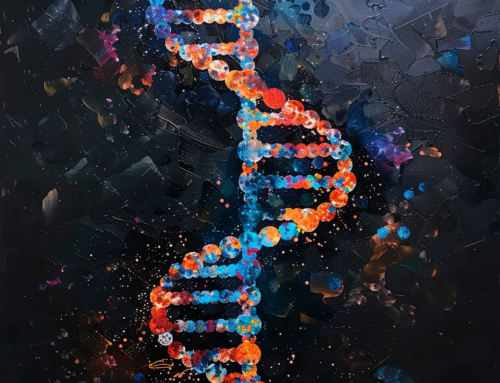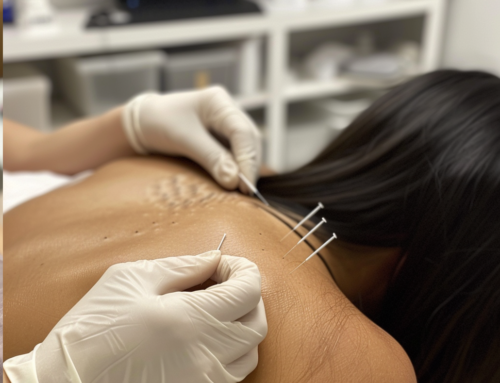Erectile dysfunction (ED) is a common condition affecting men of all ages. It is defined as the inability to achieve or maintain an erection adequate for sexual intimacy. Although ED can be frustrating and embarrassing, it is important to understand that it is a treatable condition.
The prevalence of ED increases with age, affecting approximately 40% of men at age 40 and up to 70% of men over the age of 70. However, ED is not just an issue for older men. It can also affect younger men, often due to psychological factors such as anxiety, depression, and relationship issues.
ED is caused by a variety of factors, including physical and psychological conditions, comorbidities, and medications used to treat them. Physical causes of ED can include diabetes, high blood pressure, heart disease, obesity, and low testosterone levels. Psychological factors such as stress, anxiety, and depression can also contribute to ED.
In some cases, lifestyle factors such as smoking, excessive alcohol consumption, and lack of exercise can contribute to ED. It is important for men to maintain a healthy lifestyle to reduce the risk of developing ED.
The first step in treating ED is to identify the underlying cause. If ED is caused by an underlying physical condition, such as diabetes or heart disease, treating that condition can often improve erectile function. In some cases, medications may be prescribed to help manage ED symptoms.
There are several oral medications available for the treatment of ED, including sildenafil (Viagra), tadalafil (Cialis), and vardenafil (Levitra). These medications work by increasing blood flow to the penis, which can help improve erectile function. Other treatment options for ED include penile injections, vacuum devices, and penile implants.
In addition to medical treatments, several lifestyle changes can help improve erectile function. Quitting smoking, reducing alcohol consumption, and maintaining a healthy weight can all help. Some natural remedies may also help.
In the future, there may be a new way to treat erectile dysfunction using gene therapy. This involves putting in new genes that can produce proteins that are not working properly in the penile tissue of men with ED. This could help improve erectile function. So far, tests on animals have been successful, and it’s possible that human studies will be successful too. However, it may take a while for this treatment to be approved and accepted by the public.
Another possible treatment is stem cell therapy. This involves using stem cells to create new blood vessels and muscle cells in the penis, which could improve blood flow and erectile function. There have been some studies on this, but more research is needed.
A third treatment is called low-intensity shock wave lithotripsy. This involves giving a series of shocks to the penis to stimulate the growth of new blood vessels and improve blood flow. This treatment may also help men who don’t respond well to other ED medications.
Finally, there are compounds that can release nitric oxide (NO) in the body. This could improve blood flow to the penis and improve erectile function. Some early studies on animals suggest that this treatment could be effective.
It is important for men to talk to their GP if they are experiencing symptoms of ED. ED can be a sign of an underlying health condition, and early diagnosis and treatment can help improve overall health and quality of life.
References:
Mobley DF, Khera M, Baum N. Recent advances in the treatment of erectile dysfunction. Postgrad Med J. 2017 Nov;93(1105):679-685. doi: 10.1136/postgradmedj-2016-134073. Epub 2017 Jul 27. PMID: 28751439.








Leave A Comment